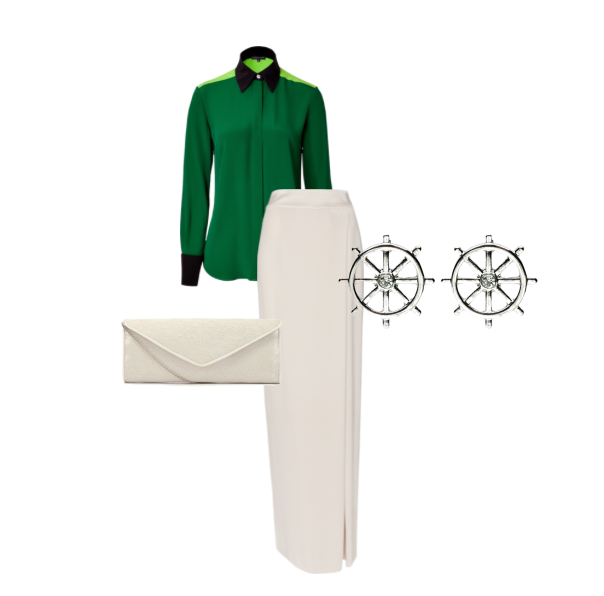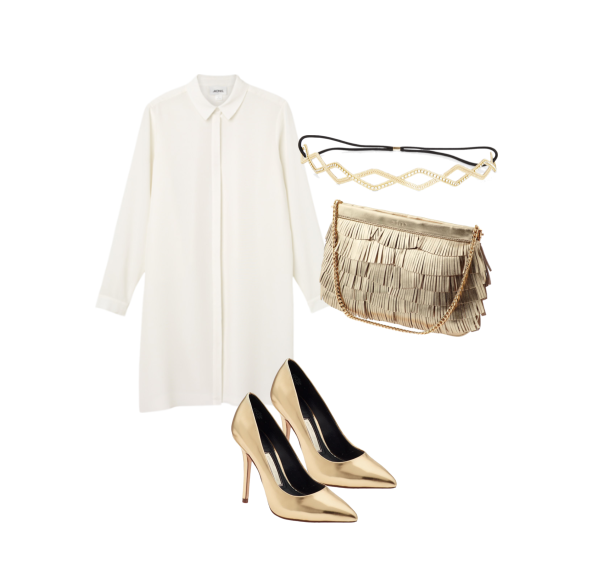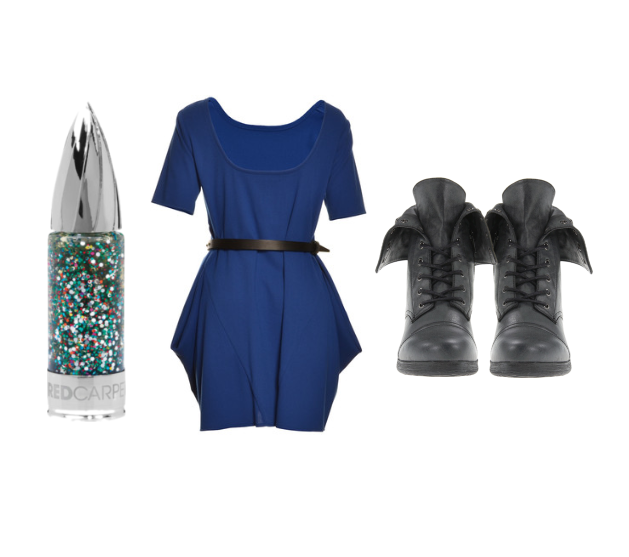Gatsby has been adapted for film and stage numerous times – including an opera in 1999! – but the most popular adaptations are, arguably, the movie versions released in 1974 and 2013
While the elder of the two adhered mostly to the wardrobe of the time period, the menswear in the film tended to stray towards a more timely aesthetic. The 2013 film, however, blew open the doors on all things tried-and-true, and strove for an ultra-glam flapper look all its own.
Designed by director Baz Luhrmann’s Oscar-winning wife, Catherine Martin, in conjunction with fashion juggernaut Miuccia Prada, the 2013 film’s frocks are lavish and luxe, just like they would have been in the time period, with a slightly updated fix: the pair combed Prada’s archives for 40 classic looks, that were then revamped to blow even our modern minds. Take, for instance, the “chandelier” dress that Daisy wears to Gatsby’s party in the film: while it looks perfectly suitable for the glammed-up gal-about-town back in 1922, the frock is, in fact, an adaptation of a dress from Prada’s Spring/Summer 2010 collection.
The idea motivating the designing duo was that while the gowns would fit the time period, they weren’t, as Martin said, making a “documentary,” but instead, capturing the fiercely modern man’s prose in a new fashion onscreen.
How to add Gatsby in your wardrobe?
By integrating specific colors used in the novel, and tying them to prominent themes within it as well, you too can integrate a little Gatsby into your modern life!
Gatsby Green and the American Dream
Gatsby himself is closely associated with the color green, representative of hope and future.
In the story, Gatsby serves as the embodiment of hope, being that he is constantly pursuing another chance with Daisy, and that his story represents a typical “rags to riches” Cinderella tale. In short, Gatsby exemplifies the “American Dream.” Unfortunately, Fitzgerald’s story is about the decay of American morals in the ’20s, and like the decade in which he flourished, Gatsby’s story ends on a tragic note.
Interpret Gatsby’s status as both a symbol of hope and the American Dream by riffing on his “beautiful shirts” with one in a shade of emerald green. Pair it with a cream skirt and clutch to create a look that contains both trendy and classic elements. A pair of ship wheel earrings links to Gatsby’s origins, while also hinting at the light at the end of a certain dock.
Wilted Daisy, Tainted by Gold
Traditionally, white symbolizes innocence, while gold symbolizes wealth. As such, Daisy is often depicted wearing white dresses, but like her floral namesake, the true center of a Daisy is golden.
Daisy was Gatsby’s dream, his “golden girl” in her “white tower,” but over the five years since he’s seen her, she’s changed. Fitzgerald’s sharp take on the excess and uselessness of the upper classes, the old money in East Egg, and their greed, is all showcased in Daisy’s apathetic and unapologetic attitude: something that once may have been innocent, is now tainted by wealth.
Take on one of Daisy’s white dresses, and her high status, by accessorizing with golden tones. A studded headband, gold pumps, an tasseled purse, and dazzling nail polish are feminine with a hint of edginess, perfectly representing the leading lady’s sharper edges beyond her floating flightiness.
Eckleberg Blue, and The Fault lines of Reality
In the novel, Eckleberg’s eyes are described as blue. This color is commonly interpreted to mean unhappiness, but in Gatsby, it also comes to mean illusions and alternatives to reality. For instance, Wilson views the eyes symbolically, in his madness, as those of God. This would explain why the color also surrounds Gatsby, and why Myrtle is wearing a blue dress when she meets with Tom in front of her husband, as they themselves are not who they say they are.
Explore these fault lines of reality by highlighting the hue in a diaphanous high-low dress. Blur these delineations even further withlow boots grounded in the same ashy tones from which the billboard rises. Multi-toned nail polish ties to the many other colors represented within Fitzgerald’s symbolism.
Hope you liked the post. Don’t forget to comment! Or just like the post and even better, share it with your friends. Have a good day wherever you are! Thanks!


